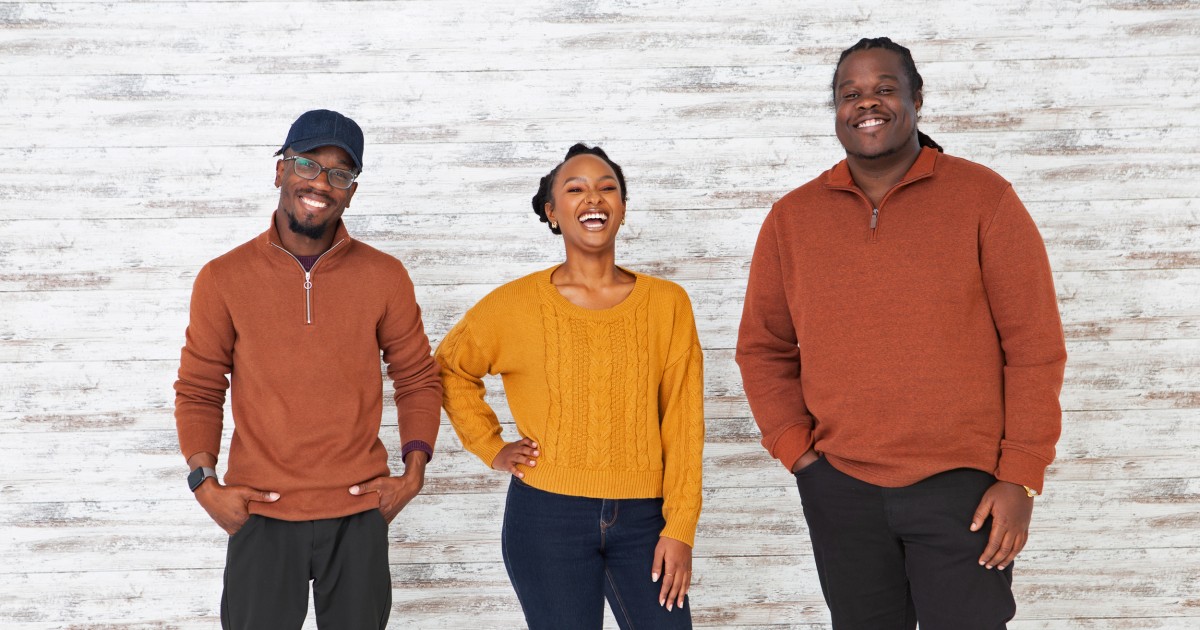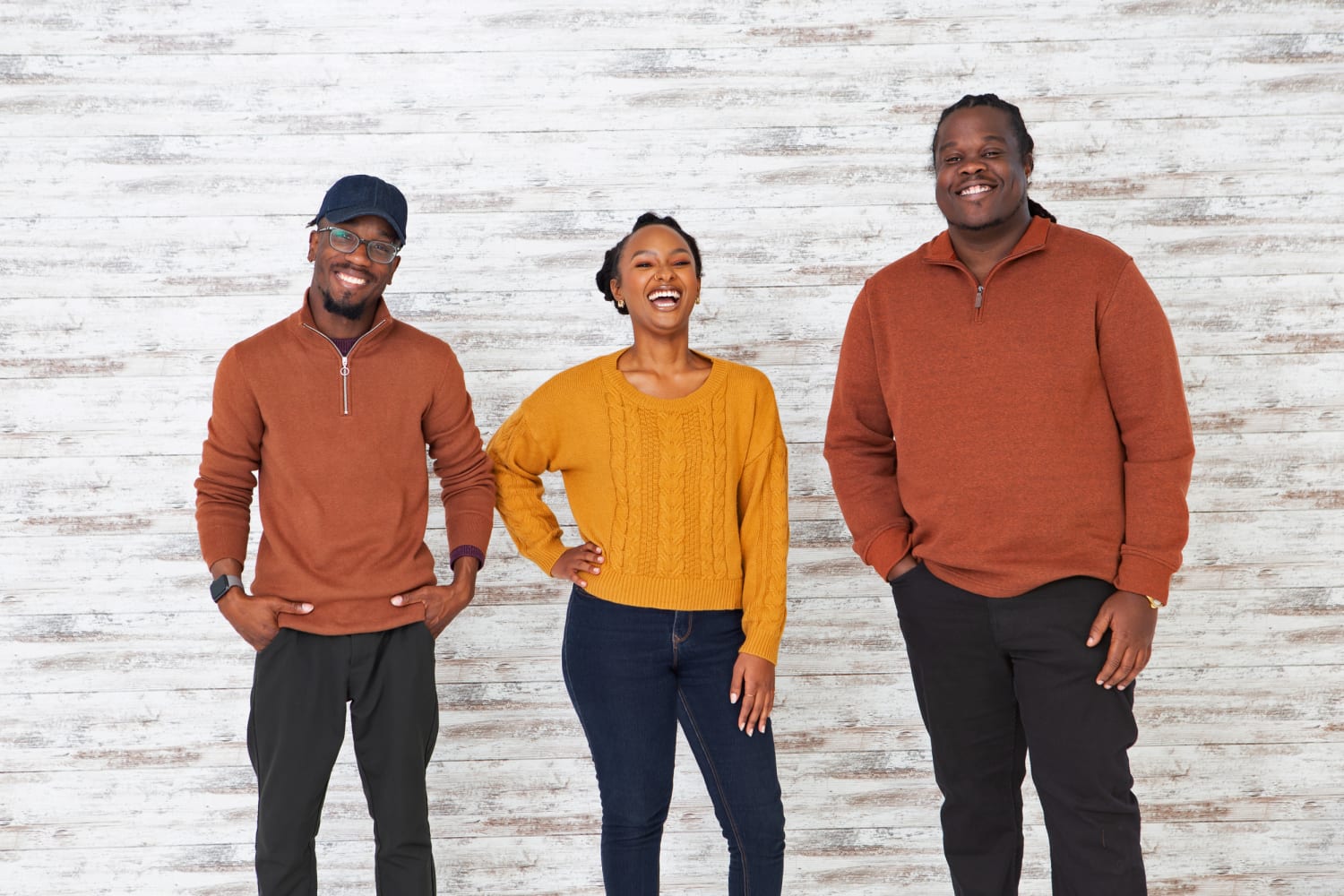
On June 2, about 28 million people posted black squares to their Instagram feeds as part of Blackout Tuesday, an initiative started by two Black women in the music industry — Jamila Thomas, senior director of marketing at Atlantic Records, and Brianna Agyemang, a former executive at Atlantic — in an effort to encourage reflection about the prevalence of anti-Black racism and police brutality.
While some people’s engagements with the cause ended on Instagram — drawing criticism from some activists and academics, who derided the posts as prime examples of “slacktivism,” or half-hearted social media-based activism — others opened their wallets to donate to Black-led and Black-focused nonprofit organizations, collectives and mutual aid groups.
The Black Art Futures Fund was one of many beneficiaries of Blackout Tuesday: The fund, which provides grants to small community-based Black arts and culture organizations, received $20,000 in donations on June 2 alone, according to founder DéLana R.A. Dameron — $1,000 less than it had distributed in all of 2019 and $5,000 more than it had distributed in 2018. The surge in donations continued for the next few months, helping the fund to distribute $95,000 in grants to dozens of organizations.
But six months later, those donations have tapered off and the fund’s coffers are substantially lower — which comes as no surprise to Dameron, given her years spent working with chronically underfunded Black-led nonprofit organizations.
“We haven’t had a $20,000 day since June,” said Dameron, who founded the Black Art Futures Fund in 2017 as a project of her Brooklyn-based firm, Red Olive Creative Consulting.
The fund’s year in finances is similar to those of more than a dozen Black-led and Black-focused groups across the country, whose leaders spoke to NBC News in interviews over the past week about how the pandemic and anti-racism protests affected their organizations’ work and visions for the future.
As the pandemic unfolded and disproportionately hit Black Americans and protests took place across the country after the police-involved deaths of Breonna Taylor, George Floyd and Tony McDade, among others, individual donors spent the late spring and early summer donating to Black-led and Black-focused groups in amounts never seen before, said leaders of large and small organizations. While the donations have persisted for some groups, most leaders said the summer surge has since leveled off, leading them to develop strategies for how to keep donors engaged in 2021 and most effectively put this year’s funds to use in the future.
“Crisis funding is not a sustainable model for long-term resource generation,” Dameron said. “I’ve been advising my clients, ‘How can you best invest this temporary influx of cash to be a longer-term impact?’”
A wave of funds filled the ‘giving gap’
Black people give 25 percent more of their incomes away to philanthropic initiatives than white people do, according to a 2012 study from the W.K. Kellogg Foundation and Rockefeller Philanthropy Advisors. But Black-led organizations remain underfunded compared to organizations led by white people, according to a report published this year by Echoing Green and Bridgespan. It found that the revenues of Black-led organizations are, on average, 24 percent smaller than those of their white-led counterparts. And organizations led by Black women consistently receive less funding than those led by Black men or white women, the study found.
These issues inspired Christina Lewis, Stephanie Ellis-Smith and David Setiadi to found Give Blck, a database of Black-founded nonprofit organizations, this year.
“There’s a huge problem in philanthropy — we call it the giving gap,” Lewis said of the funding challenges facing Black-led groups.
A significant cause of the giving gap, according to Ellis-Smith, is the endurance of wealth disparities that disproportionately affect Black Americans and stretch back to slavery, which prevented millions of enslaved Black people and their descendants from building generational wealth. Other barriers for Black-led organizations seeking funding from foundations include being locked out of social networks — in part because of racism and interpersonal biases — that facilitate connections to the philanthropic community, as well as funders’ biases toward white-led organizations, according to the Echoing Green and Bridgespan study.
Since its inception in June, Give Blck has spurred more than $100,000 in donations to Black-founded nonprofit organizations, Lewis said — a feat that she attributes to the individual donors who gave in droves this year, many for the first time.
Small donors’ contributions this year to young, locally focused groups in particular were often transformative, allowing them to hire more staff and secure permanent spaces to call home.
From June to August, 600 donors around the world gave to Black Women Speak, a Minneapolis-based organization that provides programming and discussion spaces for Black women. The funds allowed founder A’Bryana Ware to start working for the organization full time, hire three part-time staffers and start the hunt for a physical space, she said. (Ware declined to say exactly how much the group raised this year.) From its July 2019 founding until June, the group never received any monetary donations, Ware added.
The arts cooperative Black Table Arts, another Minneapolis-based group, signed a three-year lease on a new space that will host a bookstore, a workspace and a performance space, according to founder and executive director Keno Evol. Donations spurred by this year’s protests turned the idea for the space from a hope into a reality five years sooner than he said he expected. (Evol declined to say exactly how much the group raised this year). It will be just blocks from the city’s 3rd Police Precinct, where the four officers who were fired after George Floyd’s death worked and which protesters set fire to.
“We’re going to be located on a site of memory and a site of grief, but also on a site of imagination,” Evol said.
Mutual aid, a centuries-old practice, went mainstream
After heightened mainstream awareness, prompted by the pandemic, of the power of mutual aid — a centuries-old radical political practice that emphasizes solidarity and interdependency to ensure that people’s basic needs are met — mutual aid groups received an inundation of donations over the summer to help combat food and housing insecurities made worse by the pandemic.
On the South Side of Chicago, the Brave Space Alliance, a Black-led and trans-led LGBTQ+ center, has helped feed 300,000 people throughout the city since its crisis food pantry opened in March, according to founder and executive director LaSaia Wade. Its mutual aid program, begun just before the pandemic hit, has served more than 1,000 Black and brown transgender and gender nonconforming people a month by addressing food and housing insecurity and HIV prevention, she said. The center went from operating on a $350,000 annual budget since its 2017 founding to a $2.5 million budget this year, which allowed Wade to hire two full-time staff members and buy out the Hyde Park building the center had been using since last year, she added.
A Brooklyn-based collective called For the Gworls, which was founded in July 2019 and raises funds for Black transgender people, distributed more than $800,000 this year, helping more than 200 people pay rent, more than 200 people retain access to gender-affirming hormones during the pandemic and more than 20 people receive gender-affirming operations, founder Asanni Armon said. Last year, the group helped 11 people pay rent, Armon said.
The National Black Trans Advocacy Coalition distributed $400,000 in funds and resources — including free food boxes, health and wellness supply kits with personal protective equipment and safer sex supplies — to more than 5,000 Black and brown transgender and nonbinary people throughout the country during the pandemic, according to executive director Carter Brown, who said the group received less than $50,000 in contributions in 2019.
Though the year brought increased attention and funding to mutual aid efforts, the practice is not meant to replace the need for stronger social safety nets, particularly during the pandemic, Wade said.
“Because mutual aid has always been here, it has always been accessible to poor people,” she said. “In this moment, middle-class and upper-class people are noticing how poor people have always been able to keep poor people safe, because we know what we need. But we shouldn’t always feel that we have to do mutual aid to survive.”
New year, new challenge: keeping 2020 donors engaged
For some organizations, donations have been consistent throughout the year.
The National Black Justice Coalition, a civil rights and public policy organization focused on supporting Black LGBTQ+ people, reported a 1,000 percent increase in online donations this year as compared to yearly averages since its 2003 founding, according to chief executive officer Sharon Lettman-Hicks, who declined to say exactly how much the group raised but said donations have been steady.
“It’s been pretty much a six-month spike,” she said. “It definitely changed the fabric of our organization. We now can plan years ahead.”
The National Black Women’s Justice Institute, a research and policy-focused nonprofit organization that aims to eliminate racial and gender disparities in the legal system, went from raising $1,000 in 2019 to more than $100,000 in 2020, according to executive director Sydney McKinney, who said cash has continued to come in since the spring.
But for many groups, the donations that spiked this year have since slowed — even though their needs have not.
“In 2021, we’re still going to be experiencing what we were experiencing in 2020,” said Elle Hearns, founder and executive director of the Marsha P. Johnson Institute, which distributed more than $250,000 worth of grants to more than 250 Black transgender and nonbinary people as part of its Covid-19 relief fund. “There will still need to be donations made in order to ensure that people are able to eat, that people are able to find housing for themselves.”
Some groups plan to continue pursuing ambitious projects in the new year that garnered strong support in 2020, with the hope that recent first-time donors will realize the importance of making consistent contributions going forward.
The team behind Southern Fried Queer Pride, an Atlanta-based arts-focused nonprofit serving Black and brown queer communities throughout the South, will try to continue to engage the more than 1,700 donors who helped raise $120,000 over the summer as part of their campaign to establish a community space, which co-founder and executive director Taylor Alxndr estimates will require a million dollars to realize.
“Sustainability among Black organizations and Black leadership is not something that can only happen in three months’ time, when it’s a very social topic of discussion,” Alxndr said. “I hope in 2021, people who were maybe just introduced to that concept in 2020 figure out how to make that a regular thing that they participate in.”
For people planning to continue — or start — giving to Black-founded organizations in the new year, Give Blck co-founder Ellis-Smith recommends donors ask themselves what causes they care enough about to donate to more than once.
“I think it behooves the donor to care about what they intend to do and to hold themselves accountable,” she said.
Dameron of the Black Art Futures Fund advises clients leading small Black arts and culture organizations to use this year’s inflows to invest in their futures — in part by putting the money toward organizational infrastructure, strategy and long-term planning, she said.
But beyond funding, it takes long-term relationships and support networks between and among donors and organizations to preserve those groups’ futures, she added.
“I think it goes beyond the transference of money,” Dameron said. “If we don’t give another dollar out from Black Art Futures Fund, we want the rest of the ecosystem to allow these groups to live out their missions.”
Source: | This article originally belongs to Nbcnews.com










